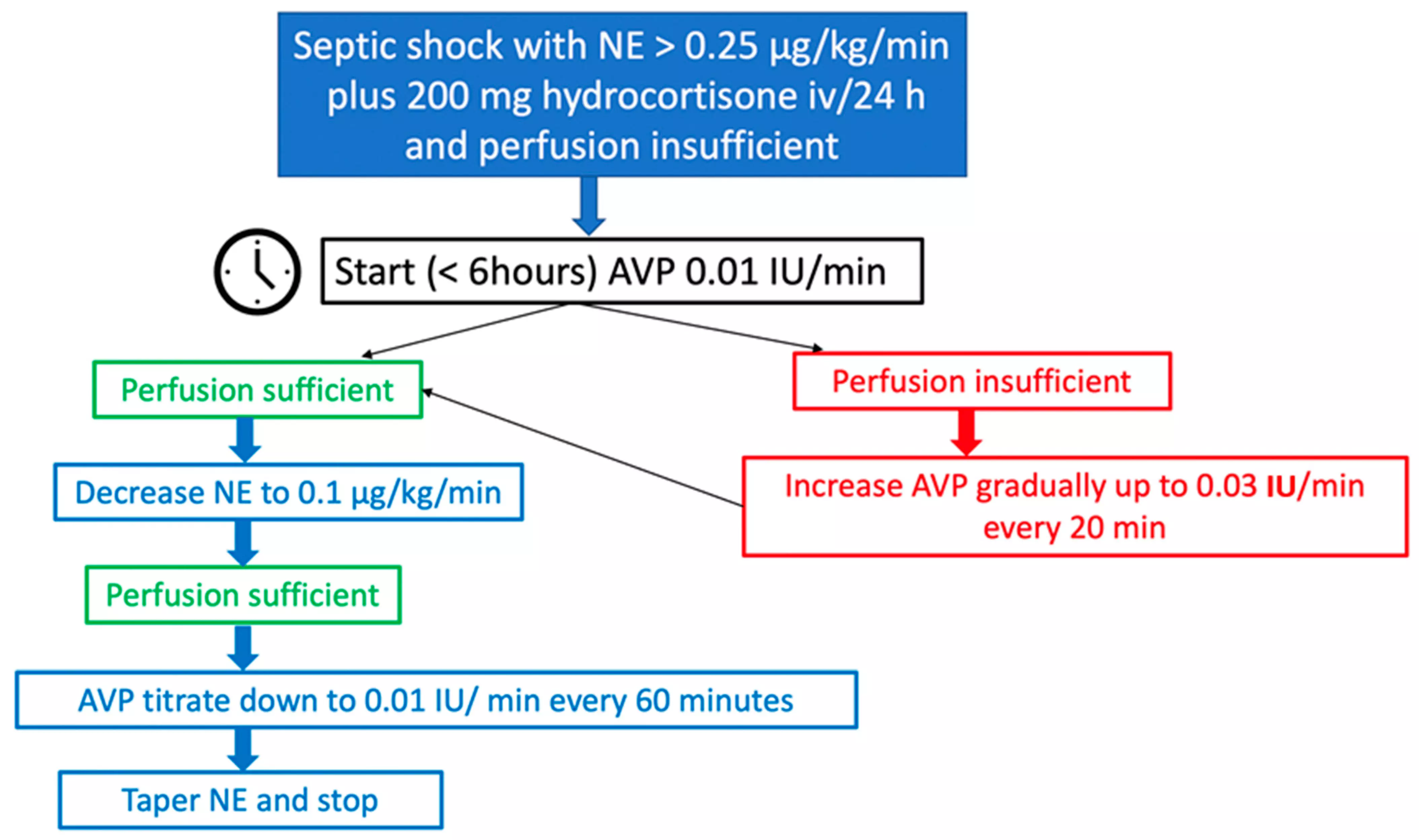Norepinephrine as initial vasoactive agent has lower mortality rates in Pediatric Septic Shock compared to Epinephrine: JAMA

Researchers have found in a new study that Children without known cardiac dysfunction who were treated with norepinephrine as the initial vasoactive agent for septic shock showed lower mortality rates compared to those treated with epinephrine, though both groups had similar rates of major adverse kidney events within 30 days (MAKE30). Further prospective studies are required to confirm whether norepinephrine should be the preferred first-line agent in such cases.
There is no consensus and wide practice variation in the choice of initial vasoactive agent in children with septic shock. A study was done to determine whether receipt of epinephrine compared with norepinephrine as the first vasoactive medication administered is associated with improved outcomes among children with septic shock without known cardiac dysfunction. This single-center, retrospective cohort study used propensity score matching to examine encounters in which a patient was diagnosed with septic shock and required a vasoactive infusion within 24 hours of ED arrival at a freestanding quaternary care children’s hospital. Participants included patients aged 1 month to 18 years who presented to the ED and were diagnosed with septic shock without known cardiac dysfunction and began an epinephrine or norepinephrine infusion within 24 hours of ED arrival between June 1, 2017, and December 31, 2023. Data were analyzed from March 1 to December 31, 2024. The primary outcome was major adverse kidney events by 30 days (MAKE30). Secondary outcomes were 30-day in-hospital mortality, 3-day mortality, need for kidney replacement therapy or persistent kidney dysfunction, endotracheal intubation, mechanical ventilation days, extracorporeal membrane oxygenation, and hospital and intensive care unit length of stay. Primary and secondary outcomes were assessed with the χ2 test of proportions for binary variables and Wilcoxon rank sum test for continuous variables. Results Among 231 included encounters, the median (IQR) age was 11.4 (5.6-15.4) years, 126 were female (54.6%), and 142 had a medical history that predisposed them to sepsis (61.5%). Most (147 [63.6%]) initially received an epinephrine infusion and 84 (36.4%) received norepinephrine. In the epinephrine group, 9 of 147 (6.1%) met the outcome of MAKE30 and 6 of 147 (4.1%) died within 30 days. In the norepinephrine group, 3 of 84 (3.6%) met MAKE30 and there were no deaths. After inverse probability of treatment weighting, there were no significant differences in the primary outcome, MAKE30. With 2:1 propensity matching, epinephrine was associated with greater 30-day mortality compared with norepinephrine (3.7% vs 0%; risk difference: 3.7%; 95% CI, 0.2%-7.2%). In this study, those receiving epinephrine had greater 30-day mortality but no difference in MAKE30. Prospective, confirmatory studies are needed to determine if norepinephrine should be the first-line vasoactive agent in pediatric septic shock.
Reference:
Eisenberg MA, Georgette N, Baker AH, Priebe GP, Monuteaux MC. Epinephrine vs Norepinephrine as Initial Treatment in Children With Septic Shock. JAMA Netw Open. 2025;8(4):e254720. doi:10.1001/jamanetworkopen.2025.4720
Keywords:
Norepinephrine, initial, vasoactive, agent, lower , mortality rates, Pediatric, Septic Shock, compared, Epinephrine, JAMA , Eisenberg MA, Georgette N, Baker AH, Priebe GP, Monuteaux MC. Epinephrine
